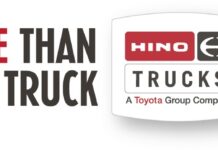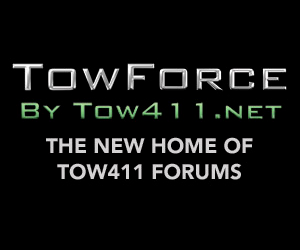Addressing the challenges of 2024 will require planning and an investment in technology and retaining good employees. The towing industry will always face the ever-changing landscape of regulatory change and will have to use technology to improve efficiency and safety, Let’s look at some of these challenges.
Employees – I was at a party at a tow company in Dallas. While there, I ran into one of my dispatchers that worked for me over 20 years ago. She was still dispatching at the company that was throwing the party. I asked, “Kathy, how old are you?” She was proud of her age and job. Without any hesitation told me she was 73. I was surprised. She was still working as the lead dispatcher at that company. In my mind, I thought what happens when she retires. Who will take her place? Who takes the place of the drivers that are in their sixties and have health issues and are struggling to perform their job.
When these types of employees leave, they take a bunch of knowledge with them. They are key employees that make the company run. They know all the customers and how each employee is supposed to function. One thing our industry has done is not prepare for the future. Not too long ago, I attended a driver training class. There were about 70 students in the 2-day class, and the instructor was without a doubt the best the industry ever had. As I watched the class, I noticed a bunch of attendees with blank looks on their faces. I talked to some of them during the 2-day class, and they admitted that there was a large portion of the training they did not understand. That instructor has been training for years. I’m sure a lot of the material has not changed. When you roll over a big rig there are only so many ways you can do it. Two things stood out to me.
- The attendees in the class have a different DNA and a different make up of drivers than 20 years ago. That’s not necessarily a bad thing but it requires a different kind of training.
- The second thing was the instructor. He probably forgot more about towing than most of the attendees know. The instructor was a good friend, and it stood out that he was getting old. There will be no other like him. Who will train the drivers of the future?
Since drivers are the biggest part of any tow company, let’s figure out how to attract the driver of the future.
- Let’s draft a precise job description. Use modern recruitment technology. Implement thorough screening, prioritize safety and compliance, and simplify the application and hiring process. Develop a new driver culture with competitive compensation packages. Develop continuous training programs, maintain open communication, host required events, and establish a referral program.
- The problem is the owner may be older and set in his ways. Bring in help. There are a lot of good people out there that can help you. When I owned my company, I would meet my night staff at midnight at the Golden Corral, buy them breakfast, and give them an update on plans for the company. My wife would argue with me that we should not tell our employees everything. I would tell her they do the hard work, and they should know. It was the smartest thing I ever did with my company. My employees felt like they were part owners, and it established great communication with them.
Industry Growth – Our Industry is expected to grow at a steady rate with projections indicating a market value of over 11 billion dollars by 2025. The growth is driven by the increasing number of cars, accidents, and breakdowns. This growth will increase the number of tow companies to 50,000 in the next year.
Increase demands for commercial vehicles – Global trends including motorization in other countries, and the growing requirement of commercial vehicles for freight transport will drive the towing equipment market.
Supply chain distributions will drive availability – Tow companies are complaining about the availability of new trucks and parts. This will force businesses to make quick purchases that may or may not be needed. The increasing demand for used trucks due to truck shortages will drive up prices. This may have an impact on how your fleet looks.
Inflation – The industry will face challenges from rising costs and inflation affecting the sales and financing of towing equipment. Tow companies will experience sticker shock due to long lead times, equipment surcharges, price increases and higher interest rates, which will complicate the financial planning for your company.
Planning is the key word. I told this story many times and will tell it again. Every year my wife and I would take a vacation between Christmas and New Year. We would get a large suite at some resort and look at the next year. We would look at things like:
- Staff – Who do we hire, and who do we fire? Where do we find good replacement people and what will their requirements be? What will we pay new employees, and what are the rates for dispatchers and drivers?
- Customers – Our customers are more demanding about how they want you to service them, and what they will pay for that service. We would look at our 10 best customers and make sure we continue to service and meet their needs. We would also look at the customers we were working hard to please and getting nothing in return. We would give those customers to our competition.
- Equipment – We looked at what trucks were falling apart and had to be replaced, and which ones were in the shop for repair. Our trucks were our market tool, so we wanted them to look good.
- Technology – How can we improve our business through technology? That meant trips to tow shows to see the latest and greatest in technology.
Times are changing, and it’s important that you keep up with the changing times. Remember, your employees are your biggest asset, so get them involved, and you’ll make it through 2024.








